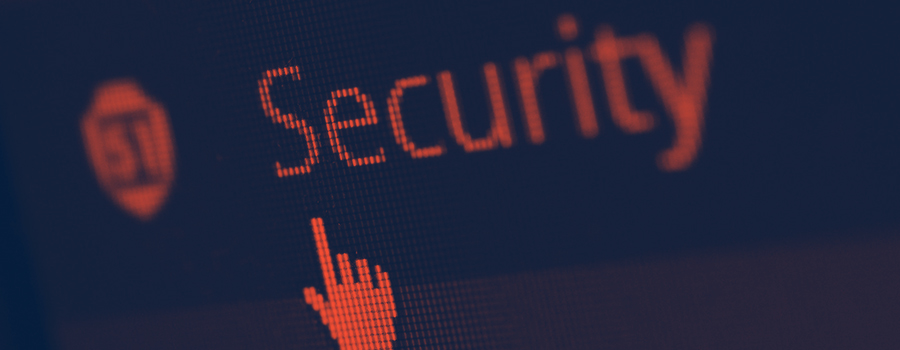Although we have a single currency and common payment instruments in Europe, cultures and habits remain essentially local when it comes to payment. Although preferred payment methods can vary from one country to another, it is interesting to note that all consumers have similar concerns, the foremost of these being security. Discover the preferred payment methods of Europeans.
Different preferences, similar concerns
In Germany, direct debit has been the primary payment method for many years, while in France bank card payments surpassed payments by check in 2005. France and England, however, remain the largest users of checks in Europe. The world leader in payment by check is the United States, with 80 checks per inhabitant per year.
Certain countries, like Belgium, have even managed to completely eliminate payments by check, which were considered obsolete and too costly for all involved parties in the market. Other countries, like Spain and Italy, have strong cultures of paying with cash.
When European merchants express their needs and expectations, security of online payments is continually the primary concern: reducing the risk of dispute claims and non-payment, preventing fraud risk, consumer trust in the security of the process.
The increase in online fraud remains a preoccupation of players in the market, who point out regularly that it is strongly on the rise in Europe, although it is stabilizing in terms of percentage in certain markets, such as France.
The rise of alternative payment methods
In 2012, 43% of online payment transactions involved alternative payment methods (primarily wallets, direct debits, and bank transfers). Between now and 2017, alternative payments should reach 59% of transactions, or 6 out of 10 online payments.
In this context, and with the new SEPA regulatory framework, payment by bank account (SEPA direct debit) seems like an attractive alternative for frequent purchases for both consumers and merchants. Direct debit by bank account has been embraced by consumers for subscription payments and frequent purchases. In terms of actual use, between 1 and 3 clients out of 4 prefer this alternative to bank cards. For merchants, greater consumer involvement in the purchase process combined with low risk of fraud compared to bank cards is also contributing to its increased use online. Merchants appreciate the fact that bank accounts have no expiration dates, and they have seen a significant drop in the number of failed transactions compared to bank cards (up to 3.6 times per month), as well as an increase in customer lifetime (up to 4.8 times longer).
Security and the fight against fraud
Two standards that were initially intended for bank card payments are helping to address the market’s issues: PCI DSS and 3D SECURE.
PCI DSS (Payment Card Industry Data Security Standards) made it possible to identify bank card payment information as sensitive data. Since then, this data is stored by accredited and monitored third parties to prevent the information from being compromised. Events in recent years indicate a need to strengthen security (Heartland Payment Systems in 2009, Sony Playstation Network in 2011, Target Group in 2013, etc.).
3D SECURE aims to secure payment transactions through consumer authentication. After weak adoption at first, and the testing of a variety of other technical solutions by banks, today the single-use code is the most-used authentication method in Europe.
These standards should logically be extended to all online payment methods. In fact, the European Central Bank (ECB) has issued recommendations to strengthen security of distance payments and approves of strong authentication for all payment methods beginning February 1st 2015.
Impacting SEPA direct debit and transfers in particular, this means that all involved parties in the market (banks, payment services providers, companies and their IT providers) should now consider bank data (IBAN numbers) as sensitive data that they should no longer store in their IT systems. These recommendations represent a new step towards universal adoption of a virtual safe-deposit box for sensitive payment data using a token.
Also good news, the European standard for direct debit does in fact allow for identification of each consumer by means of a unique reference, the UMR (Unique Mandate Reference).
Source: statistics from STET clearinghouse
Source: Banque de France – Check Usage Market Study
USA: 79 checks / inhabitant / year – FR: 51 checks / inhabitant / year – UK: 21 checks / inhabitant / year
Source: 2013 Annual Report of the Banking Card Observatory
Source: “Alternative Payments 2nd Edition” report (WorldPay), p. 10
SlimPay client case studies – September 2014
SlimPay client case studies – statistics August 2014
Links to these cases:
- HTTP://USATODAY30.USATODAY.COM/MONEY/PERFI/CREDIT/2009-01-20-HEARTLAND-CREDIT-CARD-SECURITY-BREACH_N.HTM?CSP=34
- HTTP://WWW.PCWORLD.COM/ARTICLE/226775/PLAYSTATION_NETWORK_USERS_REPORTING_CREDIT_CARD_FRAUD.HTML
- HTTP://WWW.EUROPE1.FR/INTERNATIONAL/UNE-ENORME-FRAUDE-A-LA-CARTE-BANCAIRE-AUX-ETATS-UNIS-1748991
See recommendation No. 7 of the document Recommendations for the security of Internet Payments (European Central Bank)




